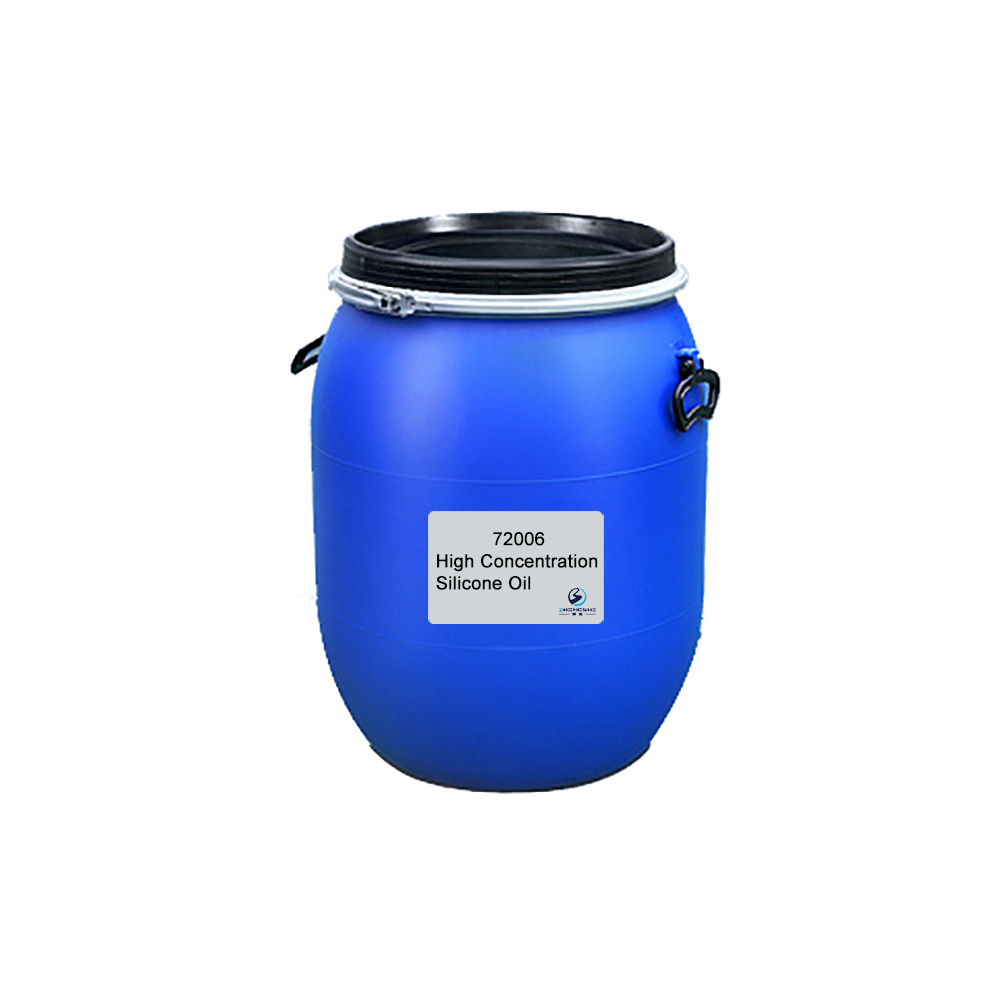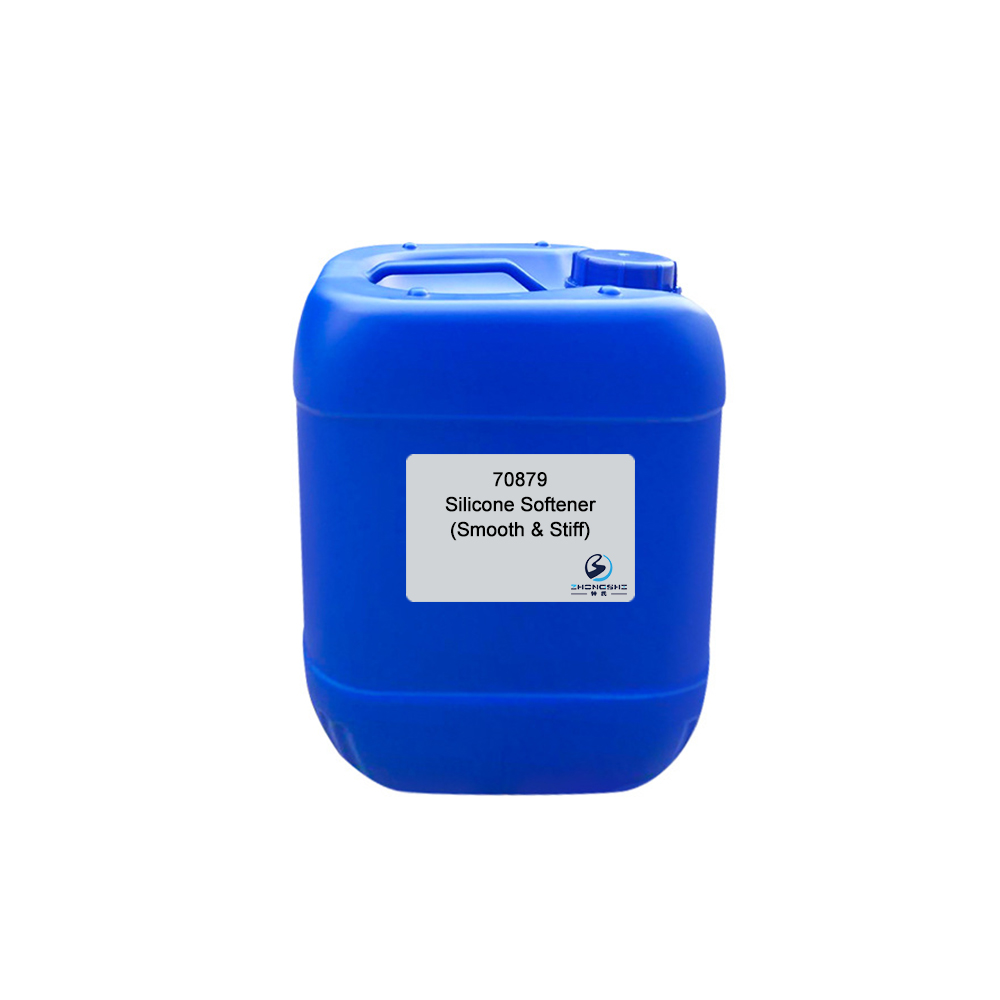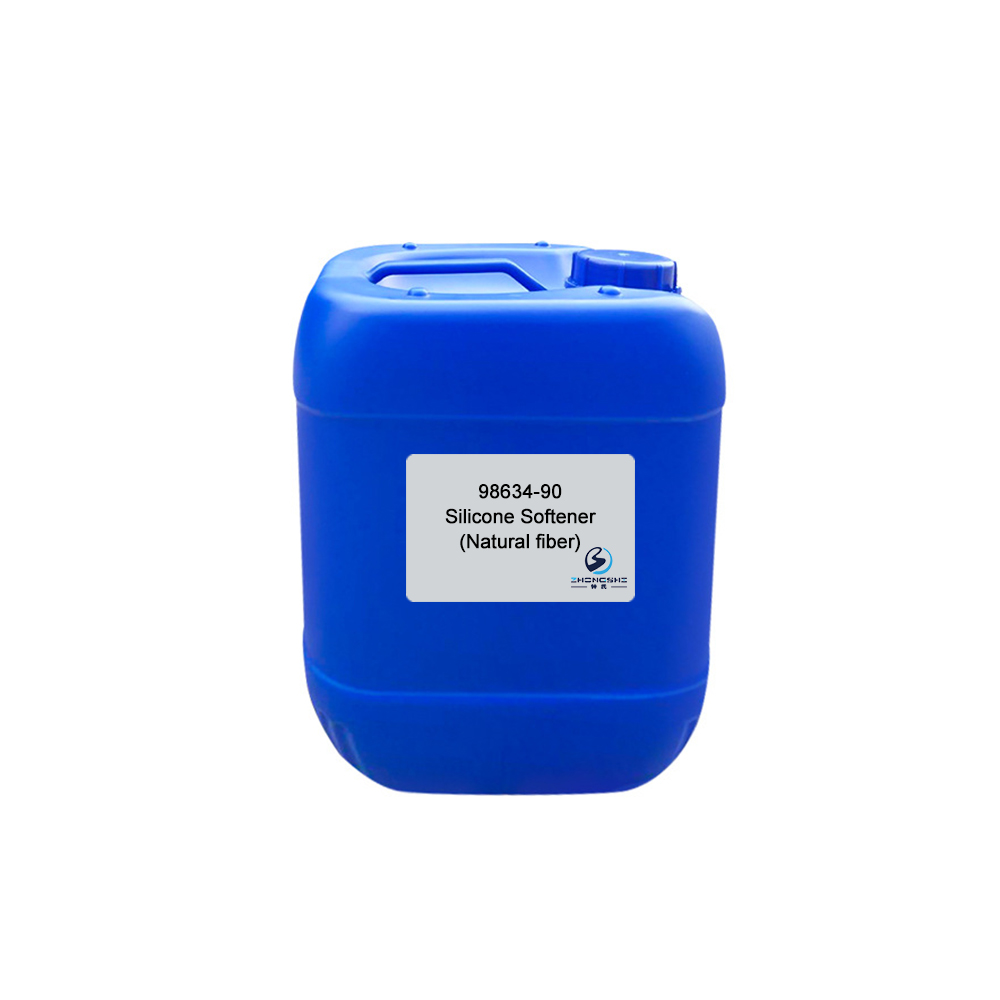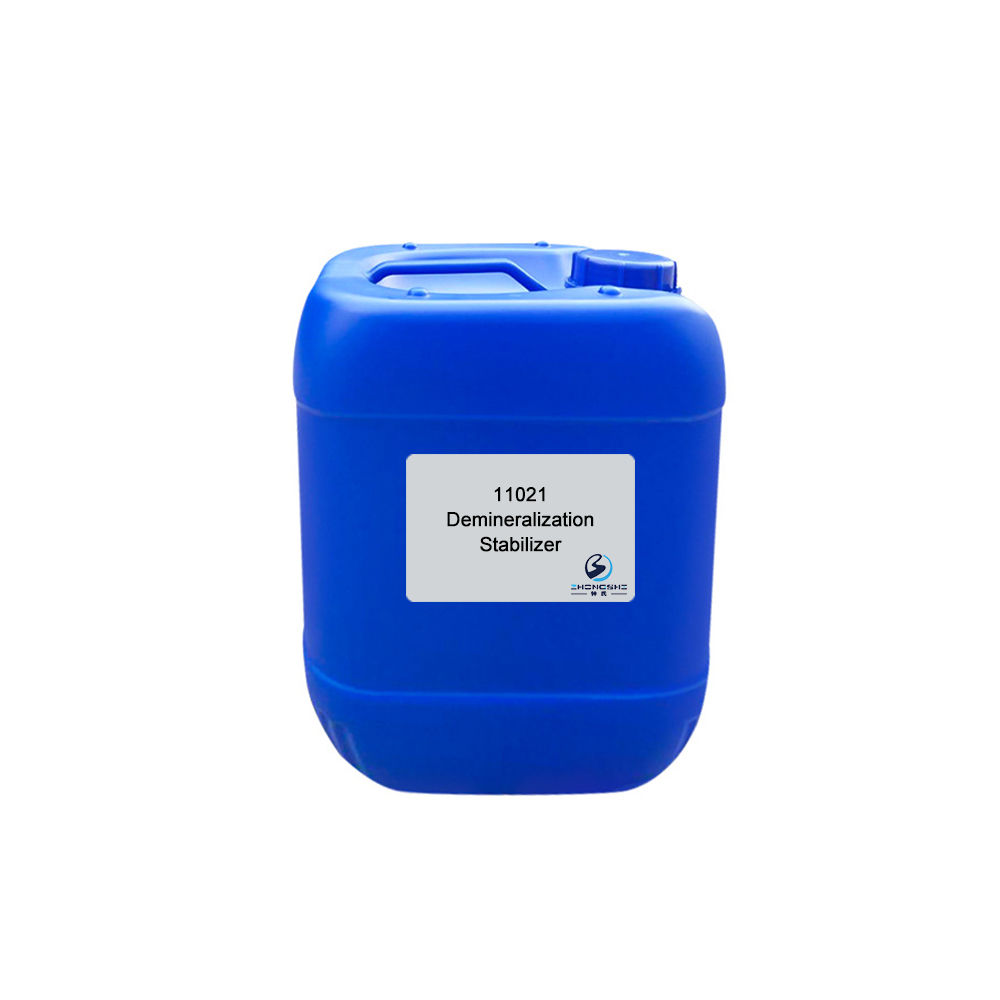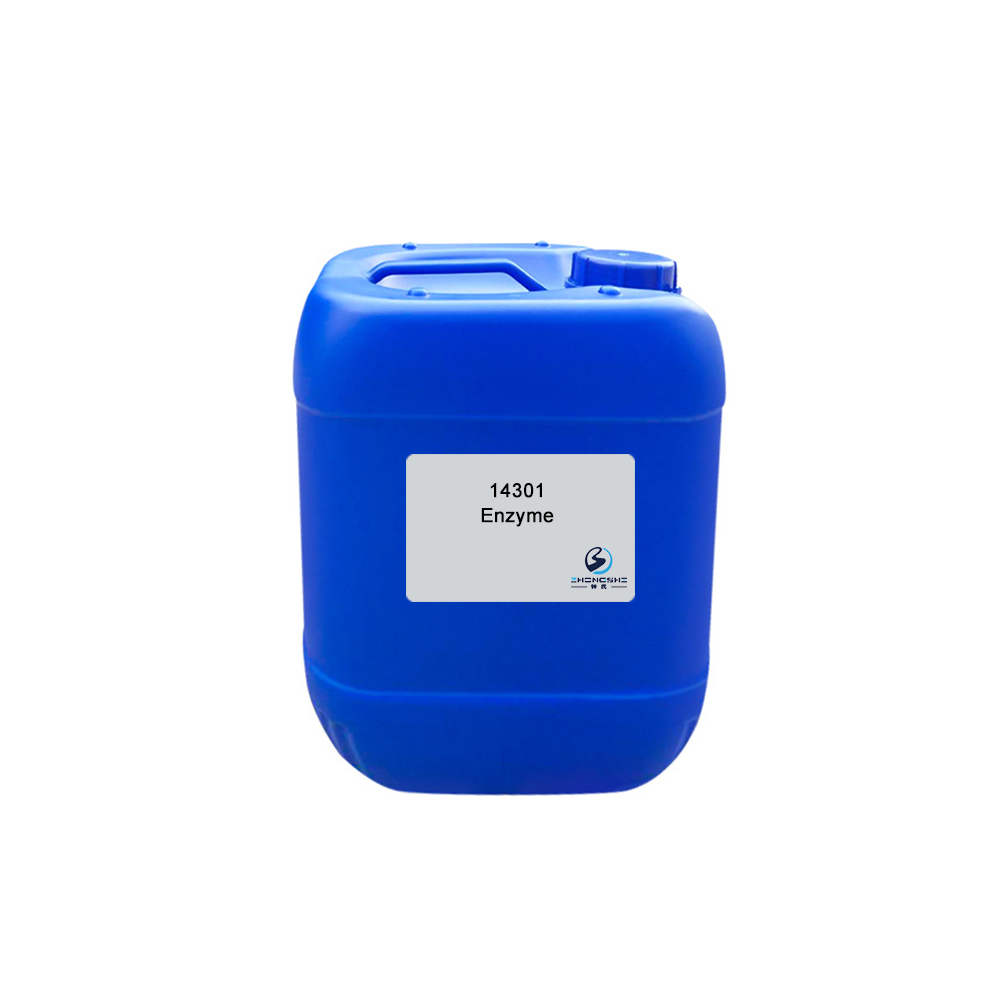68506 Silicone Softener (Hydrophilic, Soft & Smooth)
Features & Benefits
- Stable in high temperature, high alkali and strong electrolyte. High shear resistance.
- Excellent hydrophilicity.
- Imparts fabrics soft, smooth and non-greasy hand feeling.
- During use, there will be no roll banding, sticking to equipment, oil floating or demulsification as traditional amino silicone oil.
- No yellowing and extremely low shade changing.
- Good flexibility. Suitable for various kinds of processes and equipment.
- Can be directly used in high-speed and high pressure overflow dyeing bath and the subsequent washing process in dyeing. Increases production efficiency and saves energy.
- Can be directly used to repair color without second pollution.
Typical Properties
| Appearance: | Light yellow transparent fluid |
| Ionicity: | ———- |
| pH value: | 7.0~8.0 (1% aqueous solution) |
| Solubility: | Soluble in water |
| Content: | 50% |
| Application: | Cotton, polyester and nylon, etc. |
Package
120kg plastic barrel, IBC tank & customized package available for selection
TIPS:
Importance of chemical finishing
Chemical finishing has always been an important component of textile processing, but in recent years the trend to ‘high tech’ products has increased the interest and use of chemical finishes. As the use of high performance textiles has grown, the need for chemical finishes to provide the fabric properties required in these special applications has grown accordingly.
The amount of textile chemical auxiliaries sold and used globally in one year is estimated to be about one-tenth of the world’s fiber production. With fiber production currently at 60 million tonnes, about 6 million tonnes of chemical auxiliaries are consumed. The percentage of market share of textile auxiliaries is shown in below figure. About 40 % of textile auxiliaries are used in finishing, the largest percentage usage of all textile chemicals, followed by dyeing and printing auxiliaries and pretreatment chemicals. Softeners are clearly the most important individual product group. In terms of value, the repellent group is the leader with the highest ratio of cost per amount. This reflects the relatively high cost of the fluorochemical subgroup of repellents.





